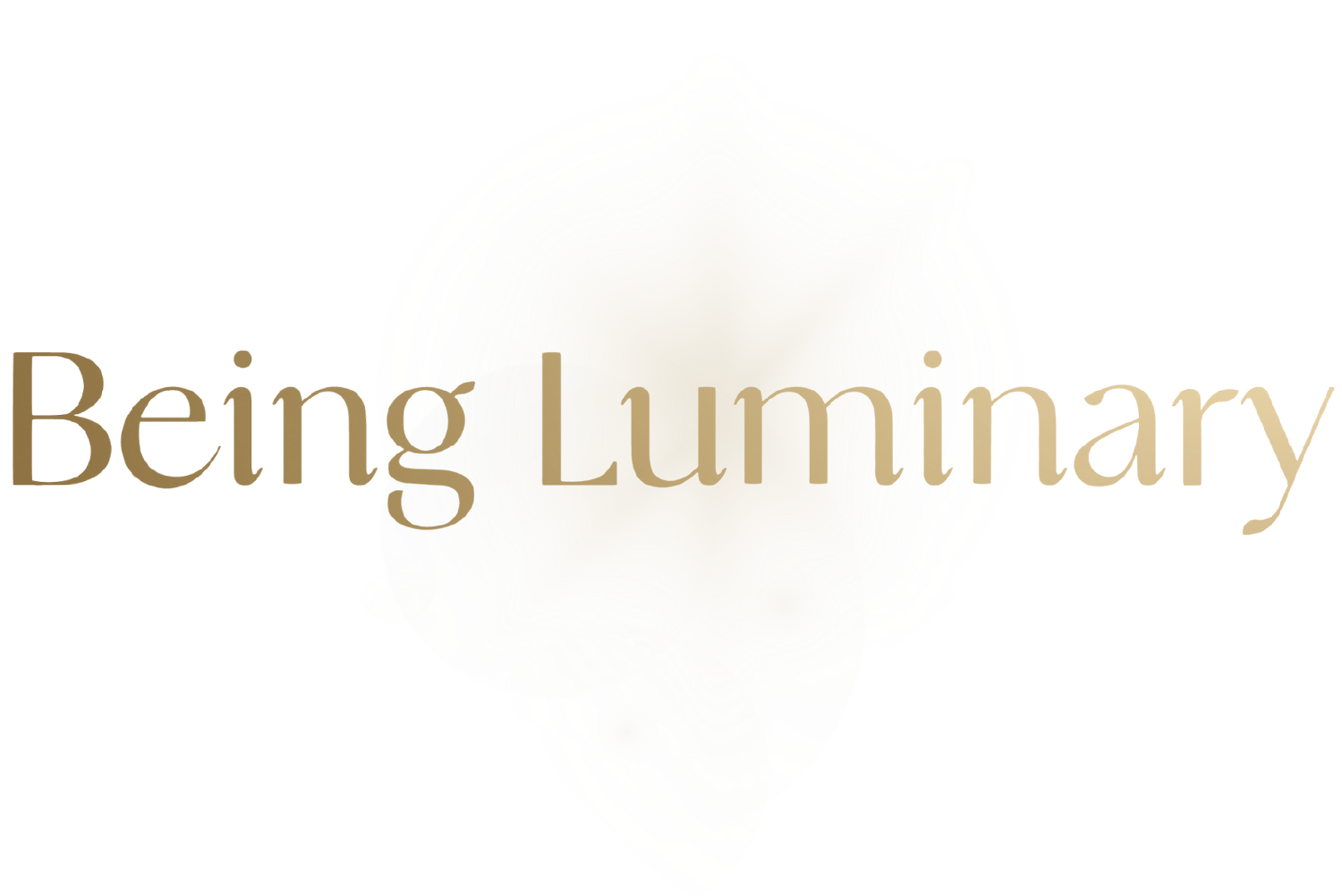Calling people out: 5 Ways that Work
Inherent in luminary work is seeing and acknowledging nuance, contradiction, disorder and discomfort, alongside more familiar and desired harmonies.
The practice of shining light on all aspects of ourselves and our organisations means that inevitably we will illuminate areas and elements that have been in the dark because we haven’t wanted to tackle them.
In the next two posts, I want to support you in embracing nuance as we look at the practice of calling people out vs calling people in. And, actually right there in the ‘vs’ is the first thing I should probably address. In diversity, equity and inclusion work there can be a tendency to try to make all things binary. For example, X is wrong (the wrong thing to have said, done or behaved) and Y is the right way to go about things.
I’m going to nail my colours to the mast right now and say that for me binary approaches have no place in luminary DEI work. Binary approaches don’t speak to the disruptor in me, to the creative, to the liminal parts of me - they don’t speak to the luminary!
I want to encourage instead to listen to the natural wisdom that tells you when you need to call people in and when you need to call them all the way out. I want to urge you to act when you know that it is strategically the right time to call people in or out for the sake of integrity, allyship or the greater good. You know the answers to this, and you know when you are choosing comfort over discord or performance over respecting others’ humanity.
So, what do we mean by calling out?
Calling out is a strategy used to tackle someone whose behaviour has been harmful, oppressive or in other ways, unacceptable. It’s often a strategy used to interrupt behaviours and to ensure that no further harm is caused.
As a younger woman who wasn’t as at home in her identity as I am now, calling out was always something that I found hard to do. I found those moments when I had to draw attention to the offence that someone was causing me exceptionally tricky in the workplace. But I now feel like it’s ok that it is hard, it should feel hard. Calling out is where we meet another person on a tricky edge. We hope to be heard or understood, and we witness them in a moment where we are making their actions or words problematic.
Calling people out in the workplace, whether as an ally or person who is offended or demeaned also carries potential risks. People often fear career or social harm and they fear the potentially damaging consequences of speaking up, particularly if they find themselves working within a culture that isn’t resilient enough to embrace the challenge.
What calling out seems to have become in these times of social media communication and remote connection is an opportunity seized by some to publicly address oppressive behaviours in ways that end up foregrounding the ‘performance of the call-out’ rather than the problem behaviour itself. Some of the public calling out I have seen has made me wonder whether the person would act similarly in a face-to-face meeting.
Asam Ahmed, in his brilliantly humane article on call-out culture, does point out the difficulties of the territory but doesn’t decry the notion of calling out itself. Instead, he says, “there are ways of calling people out that are compassionate and creative and that recognise the whole individual instead of viewing them simply as representatives of the systems from which they benefit”.
So, how do you call someone out?
Let people know how you feel. A sentence like this might support you: “Okay, I’m having an extreme reaction to that, and I want to let you know why”. Incorporating that wish to explain how what has been said has landed is golden, and I think it’s quite empowering for all concerned.
Leaders can show real leadership when it comes to calling out. When you are a leader, you make it safe for others to call out or to expect that kind of allyship in the workplace. Phrases like this might feel uncomfortable, but the more you use them, the less discord they will create: “I need to stop you there, what you just said doesn’t reflect our culture or represent our values, and I’m going to explain why”. Try it out - you’ll be surprised how this can invigorate lazy behaviours and stale discursive patterns.
Online call-outs present many opportunities for miscommunications. For this reason, call-outs that aim for increasing clarity might be helpful. So, “It sounded like you just said XXXX is that what you meant?”, could frame a discussion and lead to more clarity, thus preventing a possible pile on.
Encouraging people to think about judgements or assumptions and enabling them to frame these in less problematic ways can be supported by further questioning. Something like the following could be helpful: “Is sex/gender identity/race/class/age/ethnicity/pregnancy/body type relevant to the point you are making? Can you explain how?”
I hope that no one reading is ever in a situation that warrants this. Still, sometimes we find ourselves in work cultures, spaces, places or meetings in which offensive statements, conversations or attitudes wrongfoot us. Sometimes we don’t have the strength to formulate the words or challenge back. On these occasions, it is OK to say, “I’m leaving the room/meeting if the conversation continues in this direction”.
However, you choose to call people out; I would add that the follow up is everything. Following up on the conversation when the initial sting has faded allows for more in-depth learning to occur. On both sides.
Next week I will be diving into, you guessed it, calling in. Until then if you or your organisation would like help getting started on luminary approaches to diversity, equity and inclusion, click the link below.
